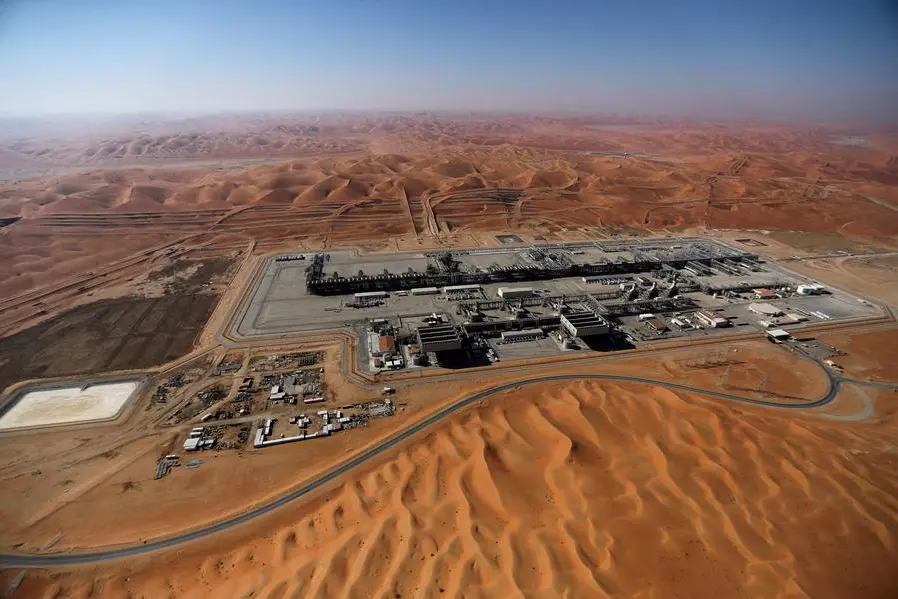Saudi Arabia oil price hike has once again captured global attention. In a bold move reflecting the Kingdom’s strategic priorities and its powerful role in global energy markets, Saudi Arabia has raised its official selling prices (OSPs) for crude oil exports to Asia and Europe for August 2025 deliveries. This decision comes amid ongoing global economic uncertainty, fluctuating demand patterns, and strategic adjustments by OPEC+ members.
The Saudi Arabia oil price hike is expected to have far-reaching consequences on importing nations, global energy prices, and the broader economic landscape. Let’s explore in detail why this decision was made, its immediate and long-term implications, and what it means for buyers and consumers worldwide.
Why did Saudi Arabia increase oil prices?
Saudi Arabia, the world’s largest oil exporter and the de facto leader of the OPEC+ alliance, periodically adjusts its oil prices to reflect changes in supply-demand dynamics, production costs, and market competition.

In August 2025, the Saudi Arabia oil price hike is largely attributed to three main reasons.
First, tighter global supply. Recent production cuts agreed upon by OPEC+ have reduced the global oil supply, tightening markets and pushing prices higher.
Second, strong summer demand. Asia, particularly China and India, experiences a seasonal surge in oil consumption during summer. Refiners need more crude to produce gasoline and other fuels to meet travel and industrial demand.
Third, maximizing revenues. Saudi Arabia relies heavily on oil revenues to fund its Vision 2030 economic diversification projects. By increasing prices, it can bolster state income and support large-scale investments.
Details of the August price hike
Saudi Aramco, the state-owned oil giant, announced the price adjustments late last week. For August loadings:
- The price of Arab Light crude for Asia was increased by $1.80 per barrel, putting it at a premium of $3.50 per barrel above the Oman/Dubai average.
- For Northwest Europe, the price rose by $1.50 per barrel.
- For Mediterranean buyers, the price increased by $1.20 per barrel.
These adjustments make Saudi oil more expensive than crude from rival suppliers such as Iraq, UAE, and Russia, potentially impacting the market share in price-sensitive regions.
Impact on Asian buyers
Asia remains the largest and most critical market for Saudi crude. The Saudi Arabia oil price hike is expected to create several immediate challenges for Asian refiners.
Higher costs for refiners. Many Asian refiners operate on tight margins. Higher feedstock costs could either reduce profits or force them to raise prices for end consumers.
Possible shift to cheaper alternatives. Countries like India and China might increase imports from Russia or West Africa to mitigate higher Saudi costs.
Economic ripple effects. Higher oil prices can translate to increased inflationary pressures, impacting transport, manufacturing, and general living costs.
However, some refiners may still prefer Saudi oil for its stable supply and consistent quality, despite the price premium.
Impact on European buyers
Europe, already grappling with energy challenges after the Russia-Ukraine conflict, will feel the pinch of the Saudi Arabia oil price hike.
Limited supply diversification. With restrictions on Russian oil imports, Europe has fewer options, making Saudi crude a critical source despite the price hike.
Inflation concerns. Higher oil prices can worsen inflation, putting additional pressure on consumers and governments already dealing with high energy costs.
Push for renewables. Rising oil prices may further accelerate Europe’s transition toward renewable energy and electric mobility.

Global oil market implications
The Saudi Arabia oil price hike is not an isolated event; it is part of a broader strategy reflecting Saudi Arabia’s long-term market vision.
Support for global oil prices
By setting higher prices, Saudi Arabia aims to stabilize or even elevate global oil benchmarks such as Brent and WTI. This benefits not only Saudi Arabia but also other oil-producing nations.
Increased volatility
Higher prices can cause short-term volatility in global energy markets. Traders might speculate more aggressively, leading to sharper swings in daily prices.
Stronger OPEC+ cohesion
The price hike underscores Saudi Arabia’s leadership within OPEC+. It signals commitment to maintaining a balanced market, even if it means short-term pain for importers.
Economic consequences for importing nations
Countries heavily reliant on oil imports, particularly in Asia and Europe, may face several challenges.
Rising trade deficits. Higher import bills can worsen trade balances, especially for developing economies.
Currency depreciation pressures. Nations paying more for oil may see their currencies weaken, increasing costs for other imports.
Slowdown in economic growth. Higher energy prices often translate to reduced consumer spending and industrial output.
How does this impact consumers?
While the Saudi Arabia oil price hike may seem distant to ordinary people, it can affect daily life in multiple ways.
Fuel prices at the pump. Gasoline and diesel prices may rise, leading to higher commuting and transportation costs.
Goods and services. As businesses face higher energy costs, they may pass these on to consumers through price hikes.
Inflationary pressures. Over time, rising oil prices contribute to overall inflation, eroding purchasing power.
Saudi Arabia’s strategy and Vision 2030
The Saudi Arabia oil price hike also aligns with the Kingdom’s long-term strategic goals under Vision 2030. The program aims to diversify the Saudi economy away from oil dependency by investing in tourism, entertainment, technology, and renewable energy.
Higher oil prices mean higher revenues, which can fund these ambitious projects. This dual strategy of maximizing short-term oil income while preparing for a post-oil future reflects Saudi Arabia’s nuanced economic approach.
Reactions from importing nations
Asia: Countries like India have already expressed concerns about rising oil costs, warning that this could impact economic growth and inflation control measures. China, while silent officially, is expected to diversify its supply sources further.
Europe: European policymakers have reiterated the urgency of reducing reliance on fossil fuels and increasing renewable energy investments. The price hike may provide fresh impetus for these policies.
Market analysts’ perspectives
Energy analysts have mixed views on the Saudi Arabia oil price hike.
Supporters argue that Saudi Arabia is rightly capitalizing on strong demand and limited competition, asserting its market leadership.
Critics warn that higher prices could backfire by accelerating the global energy transition and reducing long-term oil demand.
Despite the debates, most agree that Saudi Arabia remains unmatched in its ability to influence global oil markets.

Future outlook for global oil prices
The Saudi Arabia oil price hike has sparked speculation about where oil prices might head in the coming months.
Bullish outlook. Some analysts believe Brent crude could rise above $95 per barrel if demand remains strong and OPEC+ maintains tight supply discipline.
Bearish risks. However, any global economic slowdown or unexpected surges in supply from non-OPEC producers could temper price increases.
How should buyers respond?
Countries and refiners have limited options but can consider the following.
Diversify supply sources. Look for alternative crude suppliers, including the US, West Africa, and Latin America.
Increase storage and reserves. Strategic petroleum reserves can help buffer against price spikes.
Accelerate energy transition. Investing in renewable energy and improving energy efficiency can reduce long-term dependence on imported oil.
Conclusion
The Saudi Arabia oil price hike for August 2025 is a clear reminder of the Kingdom’s market power and strategic foresight. While it brings immediate challenges to buyers in Asia and Europe, it also highlights the urgent need for diversified energy strategies and long-term resilience planning.
As consumers brace for higher fuel and energy costs, governments and refiners must navigate these changes with caution and adaptability. In a world increasingly focused on energy security and sustainability, Saudi Arabia’s pricing decisions continue to shape the global narrative.
Follow us on Instagram: UAE STORIES
Read More: ADX foreign investment surge: 99.5% jump in H1 2025













